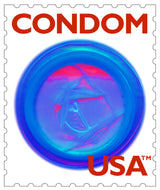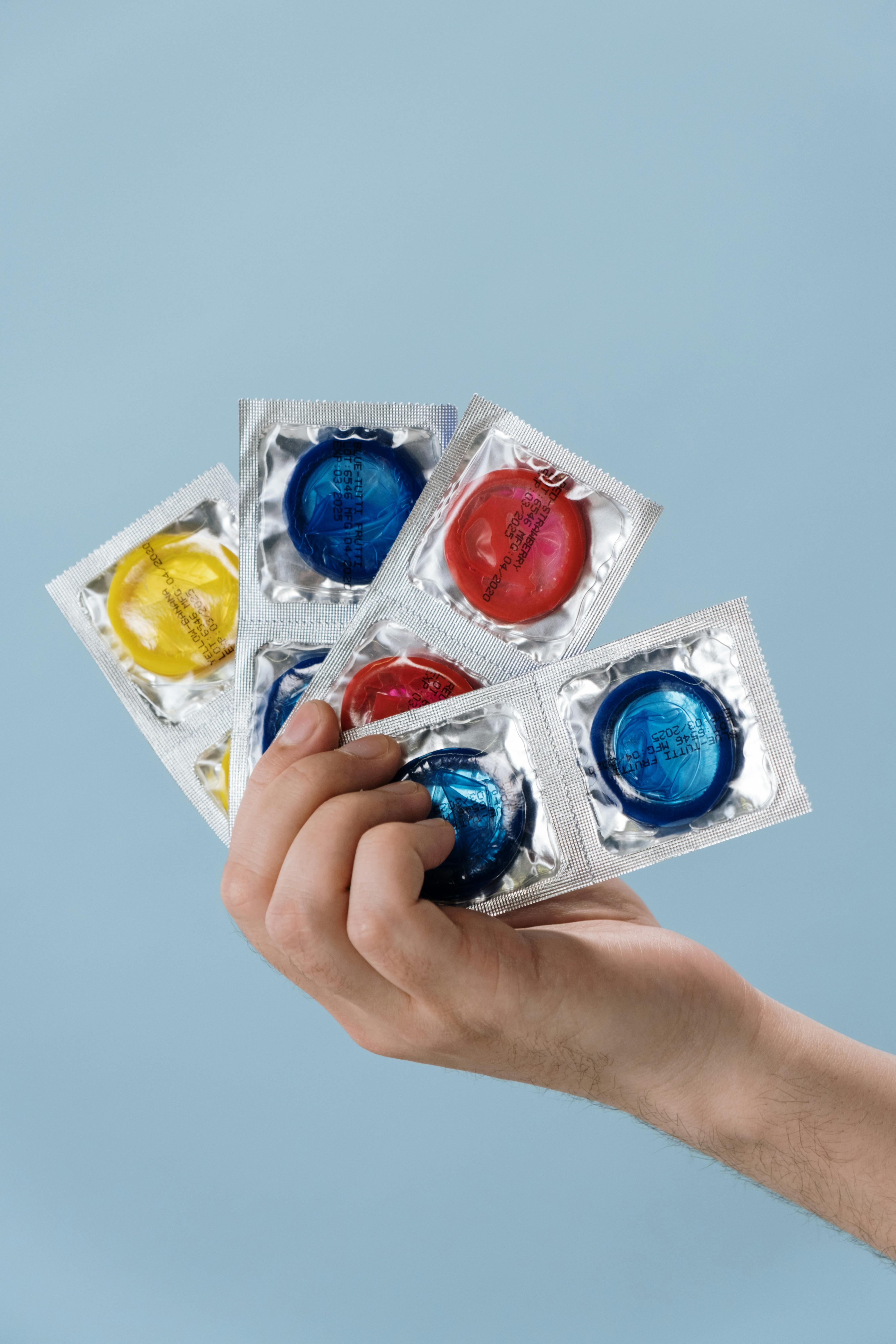Why It’s Important to Exercise Your Pelvic Floor Muscles
Strength You Can’t See — But Definitely Feel
Your pelvic floor muscles form the foundation of your core. These muscles stretch like a supportive hammock from your pubic bone to your tailbone, holding up vital organs such as the bladder, uterus (in women), and rectum. When these muscles weaken due to age, pregnancy, childbirth, surgery, or lack of use, it can lead to a variety of issues — from urinary leakage to reduced sexual satisfaction.
That’s why regular pelvic floor exercise isn’t just a health trend — it’s essential for your overall well-being.
Benefits of Pelvic Floor Exercises
-
Improves Bladder and Bowel Control
Strengthening the pelvic floor helps prevent or reduce urinary incontinence and accidental leaks. A stronger pelvic floor provides better control when you sneeze, laugh, or exercise. -
Enhances Sexual Health and Pleasure
For both men and women, strong pelvic muscles can increase sensitivity, improve circulation, and enhance orgasmic response. For men, it can also help with erectile function and stamina. -
Supports Recovery After Childbirth or Surgery
Pelvic floor exercises are often recommended postpartum or post-surgery to rebuild muscle strength, improve tissue tone, and reduce pain or discomfort. -
Improves Core Stability and Posture
Your pelvic floor works in harmony with your abs, diaphragm, and back muscles. When strong, it supports your spine and helps you maintain balance and proper alignment. -
Boosts Confidence and Quality of Life
There’s peace of mind in knowing you’re in control of your body. People who strengthen their pelvic floor often report improved confidence, mobility, and sexual wellness.
How to Exercise Your Pelvic Floor
You don’t need any equipment to get started — just consistency. The most common method is Kegel exercises, which involve contracting and relaxing the pelvic muscles you would use to stop the flow of urine. Aim for:
-
10–15 repetitions,
-
3 times per day,
-
Holding each contraction for about 5 seconds, then relaxing.
For extra support, some people use pelvic floor trainers or Kegel exercisers, which can make training easier and more effective.
The Bottom Line
Whether you’re looking to improve bladder control, enhance intimacy, or strengthen your core, pelvic floor exercises are a small habit with powerful benefits. Consistency is key — over time, you’ll notice improved strength, stability, and confidence in every aspect of your health.
How do these devices actually help?
Strengthening your pelvic floor muscles (PFMs) is often done via exercises like Kegel exercises — contracting and relaxing the muscles that support your bladder, bowel, and in many cases your sexual function. These devices can assist by:
-
Providing feedback: Some devices measure or indicate whether you’re contracting the right muscles, giving “biofeedback” so you know you’re doing the exercise correctly.
-
Adding resistance or weight: For example, using vaginal weights or balls that your pelvic floor must hold in place adds more “work” to the muscles. Healthline.
-
Increasing blood flow & engagement: Vibrating or massaging devices can promote circulation and muscle awareness in the pelvic region
-
Enhancing motivation: Because exercising the pelvic floor may feel abstract (you can’t always “see” the results), a device can make it more tangible or engaging.
Types of devices
Here are several types of devices you might come across:
-
Kegel trainers / pelvic floor trainers: These are inserted and you perform contractions around them. For example, one device is described as “works by inserting, then squeezing the pelvic floor muscles; indicator lights show your strength.
-
Weighted vaginal balls / Kegel balls (Ben Wa balls): These are older/traditional tools where you insert a weighted object and your pelvic floor must hold it in place, thereby training the muscles.
-
Vibrating or massage wands/devices aimed at the pelvic floor: These may not strictly be “Kegel trainers” but are designed to relieve tension, increase awareness, or assist with pelvic muscle function
-
Biofeedback / app-enabled devices: Devices that connect to apps or provide feedback sensors to indicate contraction strength, duration, etc. (Less common in basic tools but exist.)
safety tips:
-
These devices are tools — they do not replace professional guidance if you have significant pelvic floor dysfunction (e.g., major incontinence, prolapse, pain). As one expert put it: “useful, but not a substitute for professional assessment.
-
If you have pain, recent surgery, or prolapse, you should consult a pelvic-floor physio or healthcare provider before use.
-
Use body-safe materials, clean them properly before & after. For internal insertion use water-based lubricant if needed.
-
Start gently. For example, with weighted balls you may begin with short sessions and gradually increase time/weight.
-
Listen to your body — if a device causes discomfort, pain, or increases leaking/incontinence, stop and seek guidance.
-
Remember: Strengthening the pelvic floor is also about proper technique (isolating the right muscles), consistency, posture, and good overall core & pelvic alignment, not just about inserting a device.
Great News
There are sex toy-type or intimate-wellness devices that can help you strengthen your pelvic floor muscles (especially for people with vulvas). They can provide feedback, resistance, increased awareness, and enhance motivation. Combined with regular exercise (like Kegels) and possibly professional guidance, they can be a useful component of pelvic-floor health.
WHAT’s Your Goal?
-
If your goal is to strengthen pelvic floor muscles, yes — you can find devices here.
-
These include both non-vibrating (“balls”, “trainers”) and vibrating/selectively controlled devices (massagers) that combine exercise + stimulation.
-
The benefits like improved muscle control, better sexual function, and bladder control when used (or at least present the claims) in the product descriptions. Condom USA.
A few caveats / things to check:
-
Make sure the product you pick is explicitly designed for Kegel/ pelvic-floor training (not just “pleasure only”) if your goal is muscle strengthening.
-
Check materials: body-safe, easy to clean, fits your comfort level. As general advice from the web: Kegel toys (balls, etc) should be medical-grade silicone, appropriate size for you, and cleaned properly.
-
If you have specific medical conditions (e.g., pelvic organ prolapse, recent surgery, significant incontinence) you might want to consult a pelvic-floor physical therapist or specialist before using such devices.
-
Use methodically: inserting device + performing contractions (or using device that gives feedback) works better for muscle-strengthening than just leaving it in passively. The product descriptions on Condom-USA mention that our Kegel category is about “targeted resistance training” through Kegel balls. Condom USA
Recommended Products
Fifty Shades Inner Goddess Pleasure Beads
- Smooth, weighted balls, strong and secure retrieval cord.
-
Inserts vaginally, uses vibration guidance: you contract when it vibrates. Condom USA
-
Aimed at improving tone/strength, recovery postpartum, bladder control, etc. Condom USA
California Exotic Novelties “Coco licious Silicone Kegel Trainer Black Balls”
-
Simpler design: weighted “balls” (Ben Wa style) for insertion and muscle-holding. Condom USA
-
More affordable, straightforward, good for beginners.
-
Product listing: Under the Kegel category you’ll find “Coco licious Silicone Kegel Trainer Black Balls” at ~$17.00. Condom USA
-
Ideal for: Someone who wants a budget-friendly, basic tool to start pelvic-floor training without “smart” tech.
-
If you want more structured training, feedback, and are willing to invest more: the Je Joue Pleasure Ball Trainer Kit is a strong option.
Final Tips Before making that purchase:
-
Clean and maintain: Use water-based lubricant if needed, clean after use, store properly.
-
If you have any pelvic-floor issues (e.g., prolapse, recent surgery, major incontinence), consult a pelvic-floor therapist before using devices.
-
Make sure the device is body-safe material (medical-grade silicone is good).
-
Check inserts size/shape: Comfort matters, especially if you’re new.
-
Plan how you’ll use it: e.g., 5–10 minutes daily, track strength improvement. The blog on Condom-USA says results can start in ~2–3 months for Kegel exercises. Condom USA











